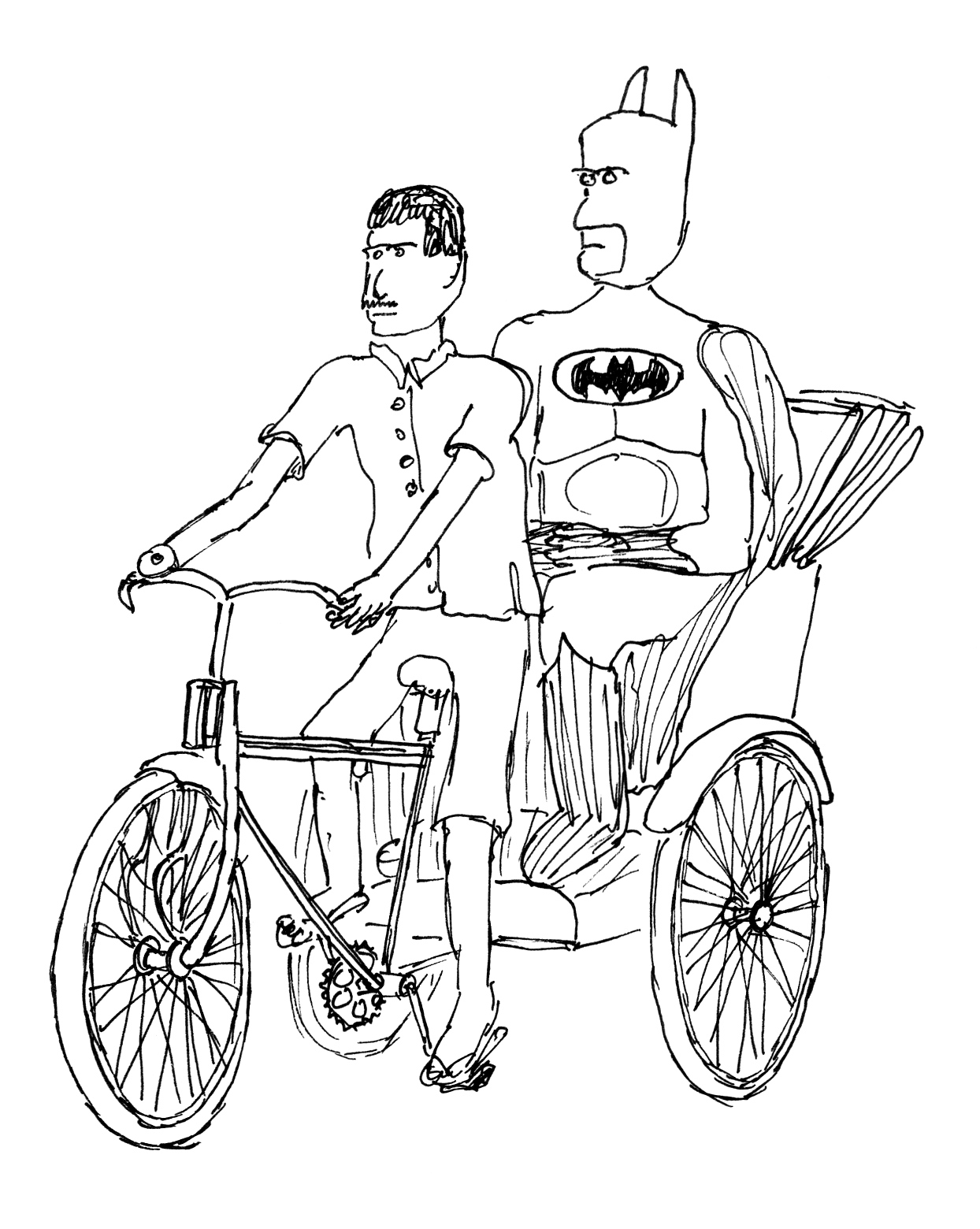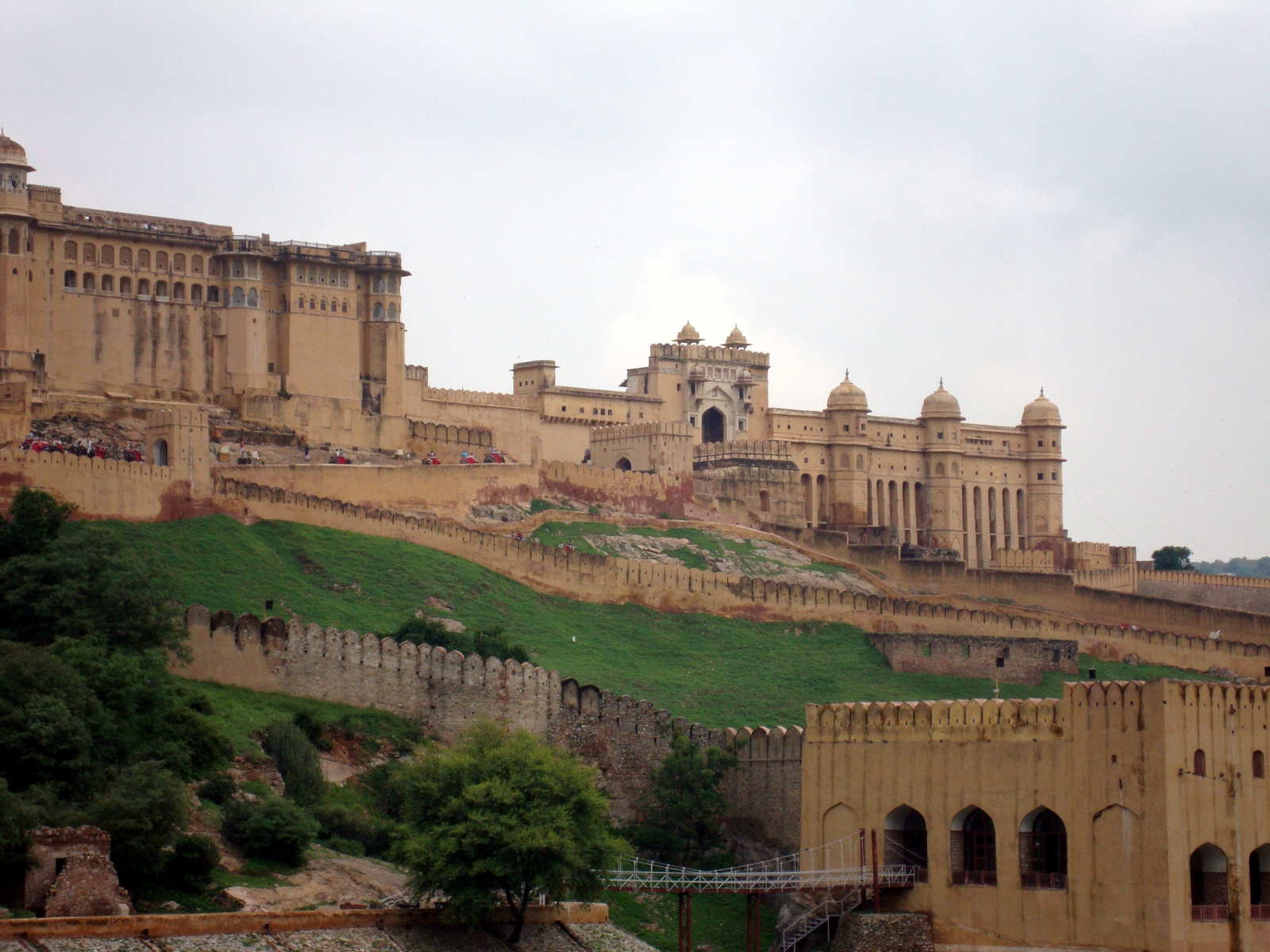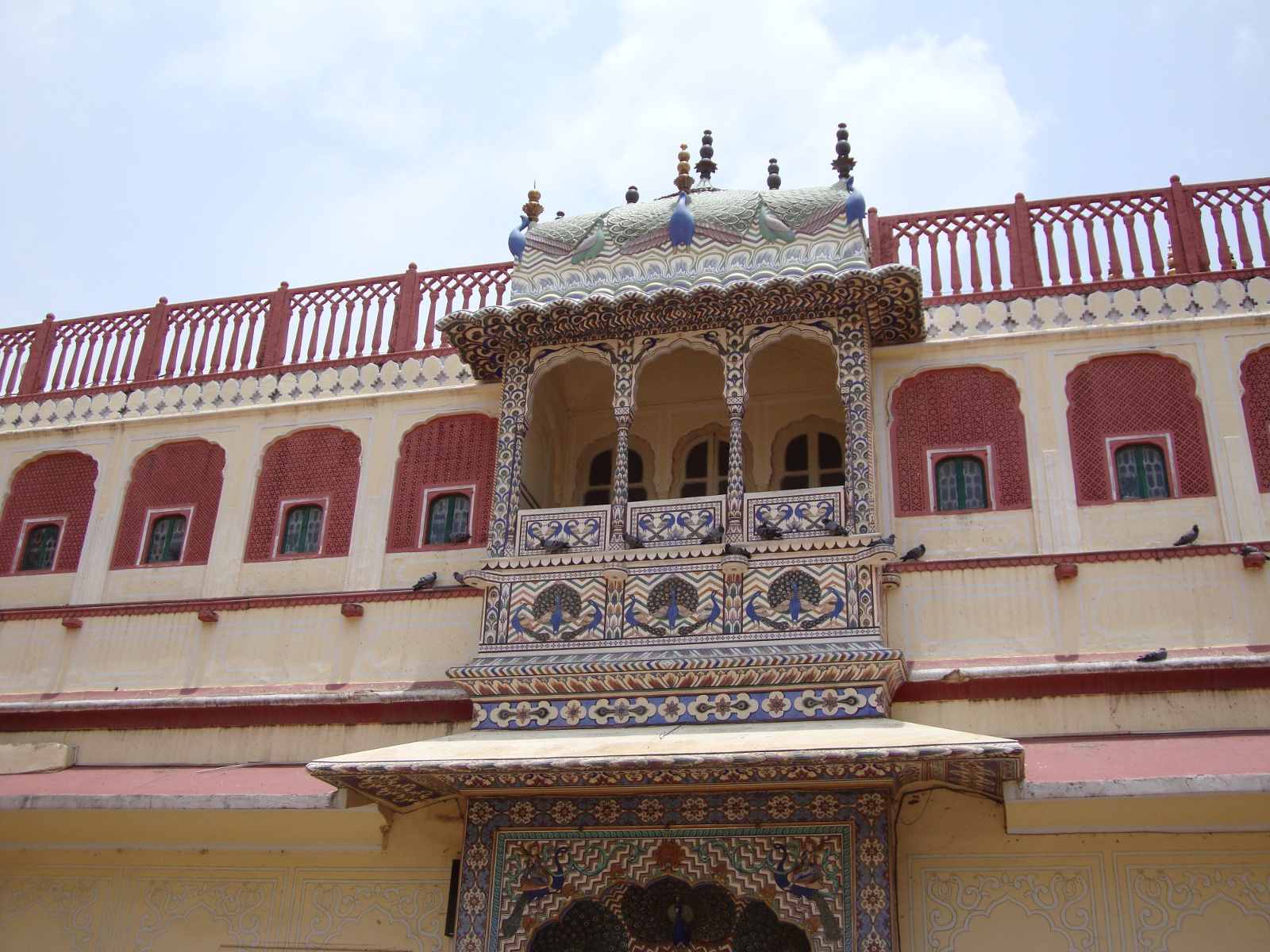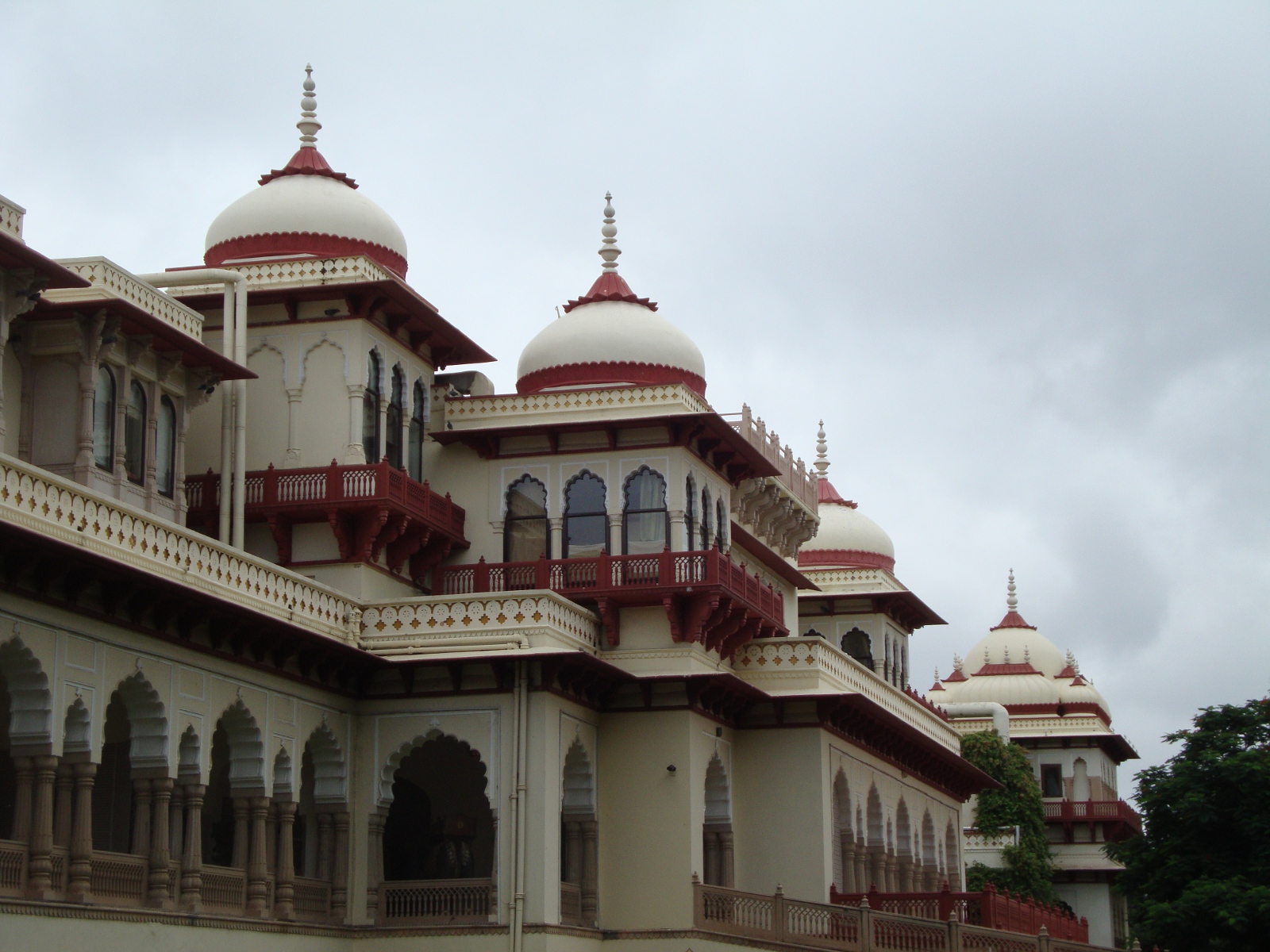About midway through last year’s summer blockbuster The Dark Knight Rises, Batman (the superhero alter-ego of Bruce Wayne) confronts Bane, a demagogue supervillian who has begun to terrorize the populace of Gotham (New York City by another name). Bane and his thugs defeat Batman, strip him of his superhero costume and send him to imprisonment in a far-away land.
Up to this point, the storyline and production design of The Dark Knight Rises have been grittily realistic (ignoring, for the moment, some questionable physics). Many of the exterior scenes in the film were shot on location in New York and other American cities. But during the sequence of Batman’s imprisonment, the tone of the movie changes considerably. Bruce Wayne and a band of sullen fellow-inmates are imprisoned in the bottom of a pit. Although the dialogue gives no geographical specifics, the prison seems to be in an exotic and mysterious land. The prisoners’ clothing appears to be coarse homespun cotton or wool, and they attempt to escape from the pit with the help of a thick hemp rope. The prison, wherever it is, seems to be in a place bypassed by the technological changes of the twentieth and twenty-first centuries.
I don’t think I will be giving away much of the plot by revealing that Bruce Wayne does not spend the rest of the movie trapped, Joseph-style, in the bottom of a pit. Instead, he heroically ascends the wall of the pit, makes a leap of faith, and climbs out to daylight and freedom. Upon emerging from the pit, he walks in front of a hilltop castle that identifies exactly where he has been imprisoned. The castle, Meherangarh Fort, is built in the unmistakable Rajput style, which is native to the state of Rajasthan in western India.
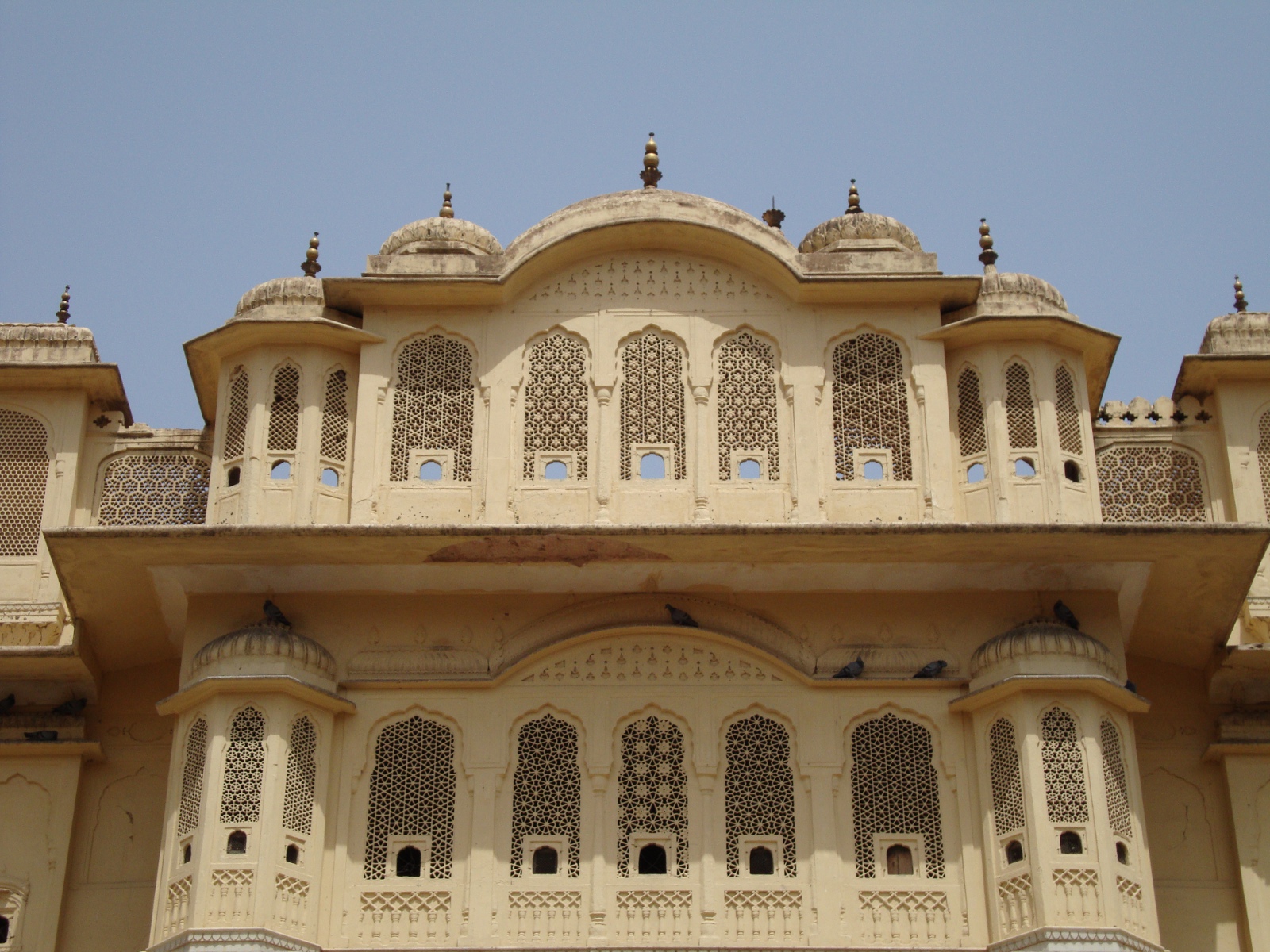
Ramchandra Temple in Jaipur. The spreading roof in the top center of the picture is a motif adopted from the architecture of Bengal.
In their heyday, the Rajputs were a military aristocracy that ruled many small rival states in what is now Rajasthan. The political structure of Rajput country was similar to western Europe in the Middle Ages. The Rajputs built innumerable forts on hilltops and plains in Rajasthan; the fort that Bruce Wayne was imprisoned nearby is one of them. Hallmarks of the Rajput architectural style include scalloped arches, domes, domelets known as chattris, wide and curved roofs, and rich ornamentation in some cases. Although the Rajput style used some of the same motifs as Mughal architecture, Rajput plans tended to be more complex and less regimentedly logical than their Mughal counterparts.1
There may still be places in the world, like Bruce Wayne’s prison, that are untouched by the modern age—places with no synthetic fibers, electricity, concrete, motorable roads, motor vehicles, and Coca-Cola. But Rajasthan is definitely not such a place. I couldn’t help but think of the contrast between the movie Rajasthan and the real place while watching The Dark Knight Rises. To be precise, I was watching Batman Teen (Batman Three), the Hindi dubbed version; I was watching it in an air-conditioned, digital projection theater in Jaipur, 180 miles away from Jodhpur and Batman’s prison.
- Philip Davies, The Penguin Guide to the Monuments of India: Islamic, Rajput, European (London: Penguin Books, 1989), 323. [↩]

